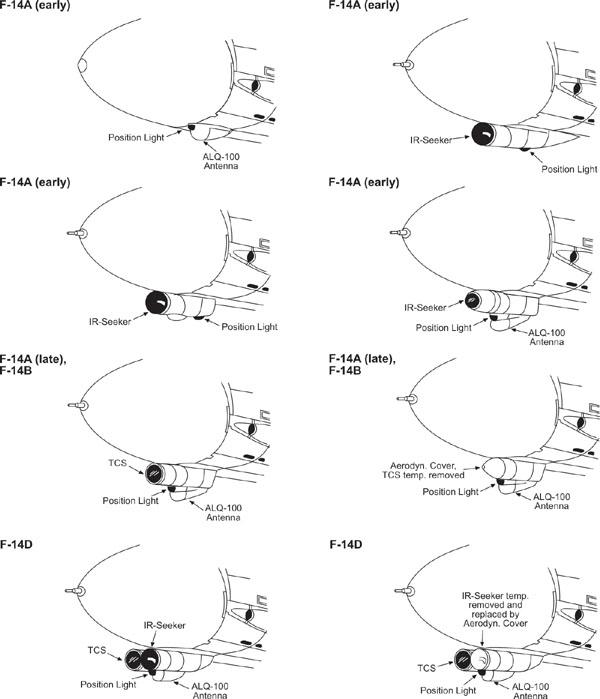Tempest II
PDF THINK TANK: ANALYST

- Joined
- Mar 15, 2007
- Messages
- 1,414
- Reaction score
- 11
We have here and other forums threads discussing radars as primary sensors. However, with LO and VLO planes, IRST systems are getting more and more prominent as plug-and-play pods or as integrated systems that are designed and built as part of the aircraft from the start. Lets look and discuss these here:
I KNOW RELIABLE DATA IS HARD TO COME BY!
I KNOW RELIABLE DATA IS HARD TO COME BY!















